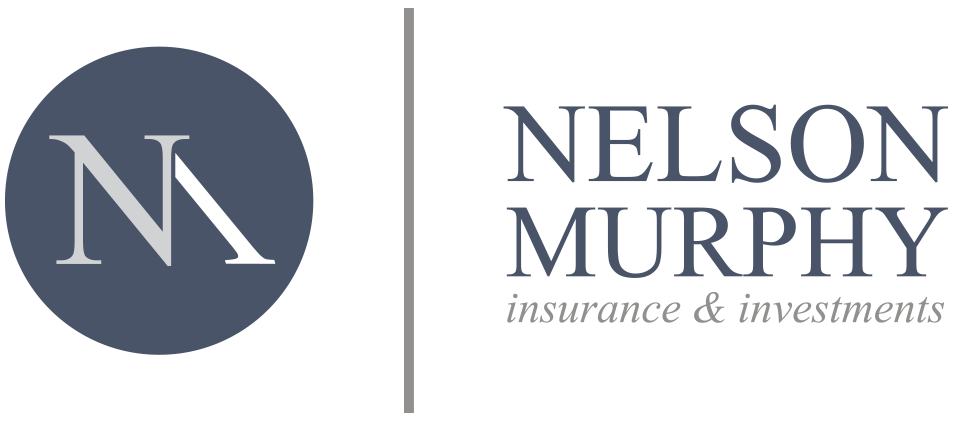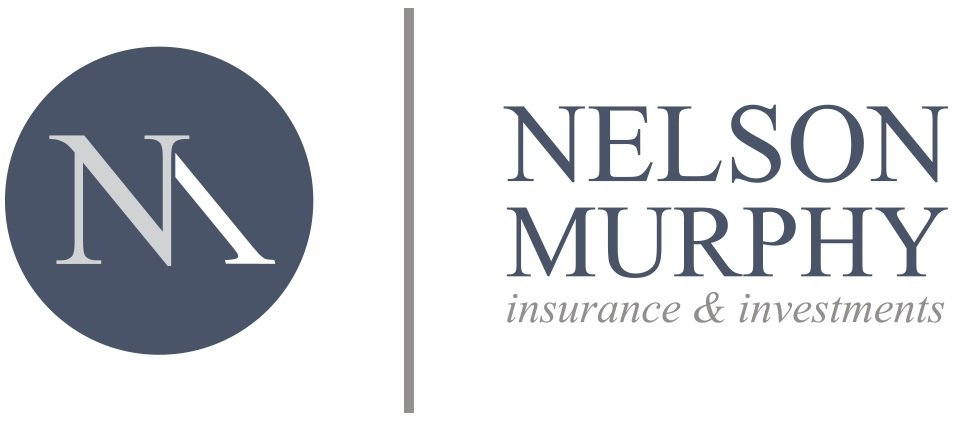Understanding the Roth 401(k) vs. Traditional
It just might help you achieve greater financial security in retirement
Unbeknownst to many investors, companies have the option of offering their employees a new different type of tax-advantaged retirement plan: the Roth 401(k). Not all sponsors of traditional 401(k)s have adopted the Roth feature, but it is not too early to consider whether contributing after-tax dollars to a Roth 401(k) can help you achieve greater financial security in retirement.
As the name suggests, the Roth 401(k) incorporates elements of both traditional 401(k) plans and the Roth IRA. Created by a provision the Economic Growth and Tax Relief Reconciliation Act of 2001, the Roth 401(k) allows employees to make Roth IRA-type contributions to 401(k) plans, but without the income restrictions and contribution limits that apply to Roth
IRAs. Contributions to a Roth 401(k) are nondeductible; however, earnings within the account accumulate tax free, and qualifying distributions are also tax free.
Roth vs. Traditional
The Roth 401(k) is subject to the same contribution limits as the traditional 401(k). In 2021, investors under the age of 50 are permitted to contribute up to $19,500 to a 401(k), but only $6,000 to an IRA.
The Roth 401(k) requires investors to begin taking withdrawals after the age of 72. (that distribution age is 70½ if you reached that age by Jan. 1, 2020. If you're still working at age 70½, you don't have to take RMDs from the account of the employer for which you currently work.)
On the other hand, the Roth 401(k) resembles the Roth IRA in that investors will not be permitted to withdraw their money tax free until they are at least 591⁄2 years old and have held the account for at least five years.
Is a Roth 401(k) Right for You?
Among those most likely to take advantage of the Roth 401(k) are higher earners who expect to be in the same or a higher tax bracket when they retire. These investors gain little in the long run by taking a tax break today, and they are more likely than moderate earners to be able to afford after-tax contributions. For these savers, accepting the “pain” of contributing to their 401(k) plan without the immediate tax deduction means they can enjoy tax free distributions and greater flexibility during retirement.
But higher earners are not the only investors who could benefit from contributing to a Roth 401(k). A report by the Vanguard Center for Retirement Research on the impact of the Roth 401(k) on retirement plans observed that the “tax diversification” offered by the Roth feature would help a wide variety of 401(k) plan participants better prepare for retirement.
Observing that plan participants cannot anticipate how changes to the tax code might affect their tax rate after retirement, the report’s authors recommend diversifying the tax risk associated with pre-tax saving by also contributing after-tax dollars to a Roth account.
The participants most likely to benefit from this tax diversification strategy are those who already have substantial retirement savings, those saving at the maximum limit on deferrals, those ineligible to contribute to the Roth IRA due to their high incomes, and those in the lower tax brackets who wish to lock in a low marginal rate. This last group includes younger employees who are likely to see their earnings increase significantly as their careers progress, such as physicians and lawyers.
The employees least likely to benefit from contributing to a Roth 401(k) are those who are not well-prepared for retirement and those with high temporary incomes.
Examine and Compare
Before deciding to divert all, or a portion of, your retirement plan contributions into a Roth 401(k) plan, you should take into account the restrictions and potential disadvantages associated with this option.
The stipulation that the Roth 401(k) be held for at least five years, and until the age of 591⁄2, before tax free withdrawals are permitted could make this option less attractive if you are currently approaching retirement. Unlike Roth IRA investors, Roth 401(k) contributors are not permitted to withdraw funds tax and penalty free to pay for a first home or qualified educational expenses.
Also, take into account the impact of moving from pretax to after-tax contributions on your overall tax liability. Unlike 401(k) contributions, funds invested in a Roth 401(k) do not reduce your current taxable income. This shift could cause you to lose out on certain deductions you enjoyed while making contributions to a traditional 401(k).
You should also be aware that matching contributions made by employers must be invested in a traditional, not Roth-type, 401(k) account. This means that even if you make all of your contributions exclusively to a Roth 401(k) account, you would still owe tax in retirement on withdrawals from funds contributed on a pre-tax basis by their employers.
If, after reviewing your individual situation, you conclude that contributing to a Roth 401(k) makes sense for you, ask your company’s benefits administrator if the feature is being added to your existing retirement plan. If it is not already in place, expressing interest in the Roth feature increases the likelihood your company will adopt the option.
“Understanding the Roth 401(k) vs. Traditional.” FMeX. 2021. https://abm.emaplan.com/ABM/MediaServe/MediaLink?token=363e8c1410f042be968f4b2b20cac138

